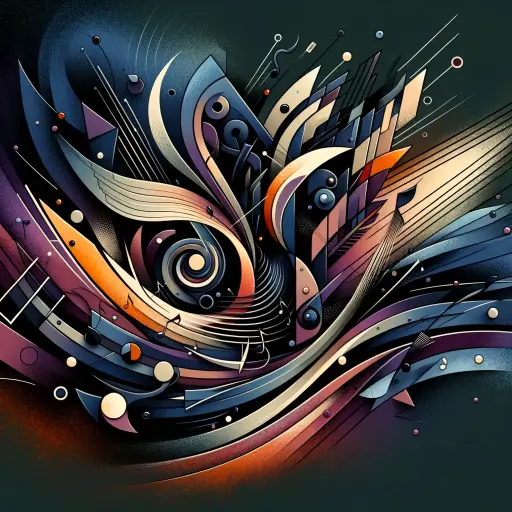
Chamber Ensemble Concerts
The chamber ensemble genre originated in the late 17th century and has since become a significant part of classical music. It is characterized by its small size, typically consisting of two to nine musicians who perform on traditional orchestral instruments. The term "chamber" refers to the intimate setting in which these ensembles traditionally performed, such as small rooms or chambers in palaces or private residences.
One of the earliest examples of chamber music can be traced back to the Baroque period with composers like Johann Sebastian Bach and Antonio Vivaldi. They composed pieces for small groups of instruments, including string quartets and trios. These compositions were often complex and showcased the technical abilities of each musician.
During the Classical era, composers such as Wolfgang Amadeus Mozart and Joseph Haydn further developed the chamber ensemble genre. They expanded the repertoire by composing symphonies, string quartets, and piano trios that emphasized balance, clarity, and elegance. These works became an essential part of their musical output.
In the Romantic era, chamber music continued to evolve with composers like Ludwig van Beethoven and Franz Schubert pushing boundaries. Beethoven's string quartets are considered some of his most profound works, displaying emotional depth and complexity. Schubert's chamber music compositions incorporated lyrical melodies and innovative harmonies.
The 20th century witnessed a diversification within the chamber ensemble genre as composers experimented with different styles and techniques. Arnold Schoenberg's Pierrot Lunaire (1912) is a notable example that introduced atonal music into chamber settings. Igor Stravinsky's L'Histoire du Soldat (1918) combined elements of jazz with classical composition.
In recent years, contemporary composers have continued to expand upon traditional chamber ensemble conventions. Artists like Steve Reich have explored minimalist approaches in works such as "Different Trains" (1988), while Philip Glass has incorporated repetitive patterns into his compositions like "Glassworks" (1982).
Listen
Concert Schedule
| Concert Date | Artist | Venue | City |
|---|



